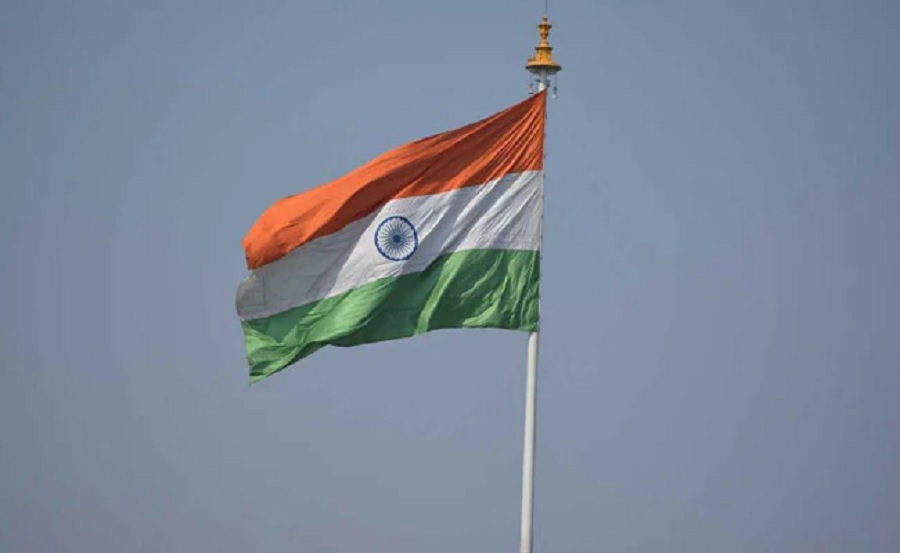
The Tiranga, our National Flag, was intended as a symbolic metaphor for India and its diverse communities and people, linked together by the sacred wheel of the Ashoka Chakra.
Equally important to the creators of the flag was its base material. Khadi was the fabric of our Freedom Movement – the spinning of thread on the charkha and the play of warp and weft on the loom wove together the themes of Swadeshi, our traditional hand crafts, and employment and earning for rural communities, especially women.
For Gandhi and successive post-Independence generations the flag embodied our identity, our ideals, our hopes and vision for the future.
As per the Flag Code of India, published on June 22, 1947, “The National Flag of India shall be made of hand spun and hand woven wool/cotton/silk khadi bunting.” Annually, over the years, production of these flags gave employment to thousands of workers, and khadi units all over India.
Now – shock, horror, heartbreak …. The Central Government has just amended the 2002 Flag Code, and allowed the manufacturing and import of machine-made national flags – made using polyester!
The Indian flag market was already flooded with synthetic flags being sold all over the country – from street corners to sports stadiums. Ironically most were from China, a country we are in armed dispute with at our border. This is also robbing already straitened rural spinners, weavers and tailors of much needed earning and unemployment. Now this has been made legal and official.
The rationale is apparently to make cheaper flags more widely available, especially in our 75th year celebrations. Of course, we want people to wave flags – they carry an important message. However, there are things more important than price – and national identity and national employment are surely two of them. Cheap is not necessarily better. There are many ways to produce more and cheaper flags – setting up more production units, investing in, streamlining, and supporting production, making paper flags (unlike polyester and plastic, they are also biodegradable) training homebound women to stitch flags, removing that absurd ban on anyone except KVIC marketing khadi…. Importing synthetic polyester flags is certainly not the answer. What happened to Aatmanirbhar Bharat and Make in India??
Coincidentally, I am writing this in Bijapur in North Karnataka, less than a hundred kilometres from where the first Khadi Production Unit for the Indian flag was set up. Others followed, but this was the forerunner. Now their future is uncertain.
My favourite Indian flag is the one seen stenciled on the flushed cheeks of excited young kids at test matches. The second best and most appropriate is the original khadi one, imbued with history and meaning.
Let us all loudly protest the legitimised intrusion of polyester. Gandhi would be aghast at this desecration of his beloved fabric of freedom and the Tiranga.
*The writer is a textile expert and scholar.
Related: